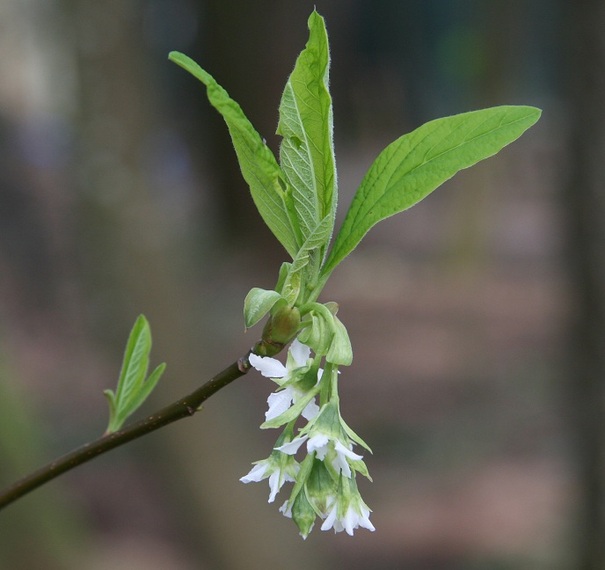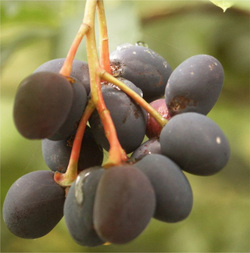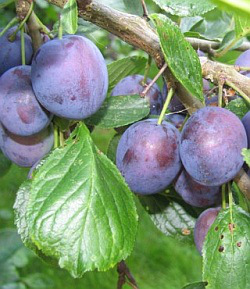
Indian Plum Tree (Oso Berry)
White tassels of spring,
Autumn’s black fruit,
A petite aviary feast
And hummingbird delight!
White tassels of spring,
Autumn’s black fruit,
A petite aviary feast
And hummingbird delight!
Nectar from the white dangling flowers of the Indian Plum tree, Oemleria cerasiformis, attracts the native Rufus hummingbirds of the Northwest. The small blossoms appear in late March and early April to announce spring. This diminutive tree, sometimes classified as a bush, is fast growing. While it usually grows only about 18 feet tall, under the best conditions the upper branches have scraped heights of 36 feet. They expand to about 15 feet in diameter. The flowers of spring give way to a peach colored fruit by June and a black ripened fruit by August. Although they are tiny, these small plums are edible. Birds love them! However, most humans sample them in jams and jellies.
Highly adaptable, the Indian Plum thrives, once established, in a variety of sites along the western side of the Cascade range from British Columbia down to northern California. It manages the dry conditions of upper slopes and sunny open spaces. However, it does not like prolonged drought. Likewise, it functions as understory in more forested areas or lives with the “wet” of riparian zones. Extreme cold can cause it damage. The growth period of the Indian Plum is through spring, summer and autumn. It loses its dark green foliage each year. Autumn colors fade from yellow to orange. While it grows quite rapidly, it is also very short lived with an average lifespan of about 20 years. Its seeds do not germinate readily. Native Americans not only used them as a food source but made a balm for healing skin abrasions from the fruits.

Fall fruit of Indian Plum
“What is more mortifying than to feel that you have missed the plum for want of courage to shake the tree?” Logan Pearsall Smith
www.jeffersoncd.org/downloads/Tree-Sale-Plants-pdfs/Indain-Plum.pdf
www.gardenguides.com/.../indian-plum-oemleria-cerasiformis

